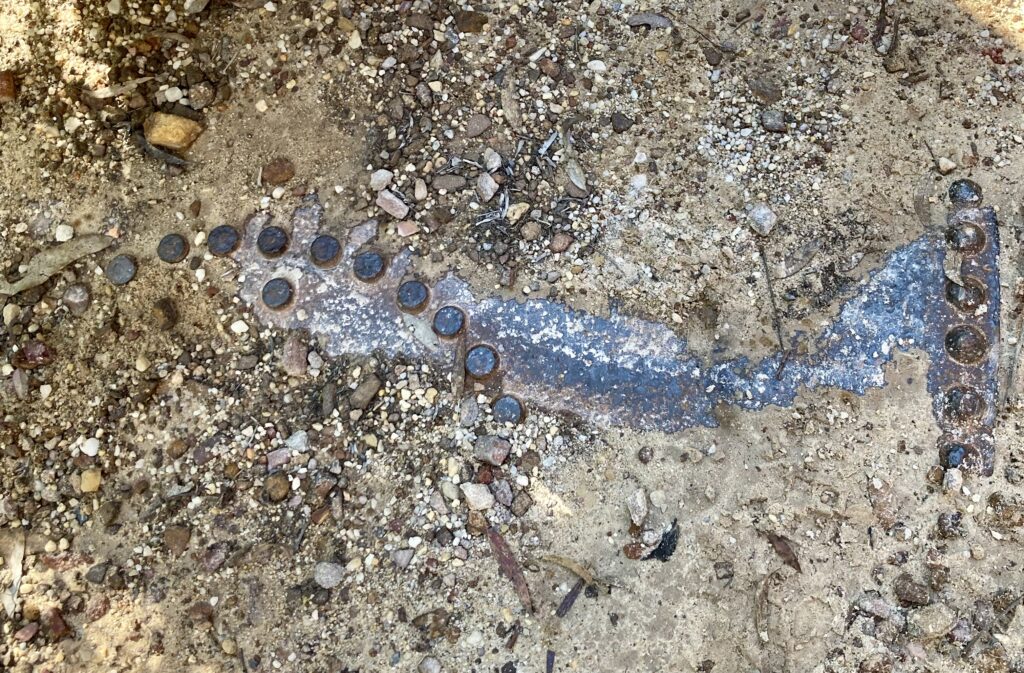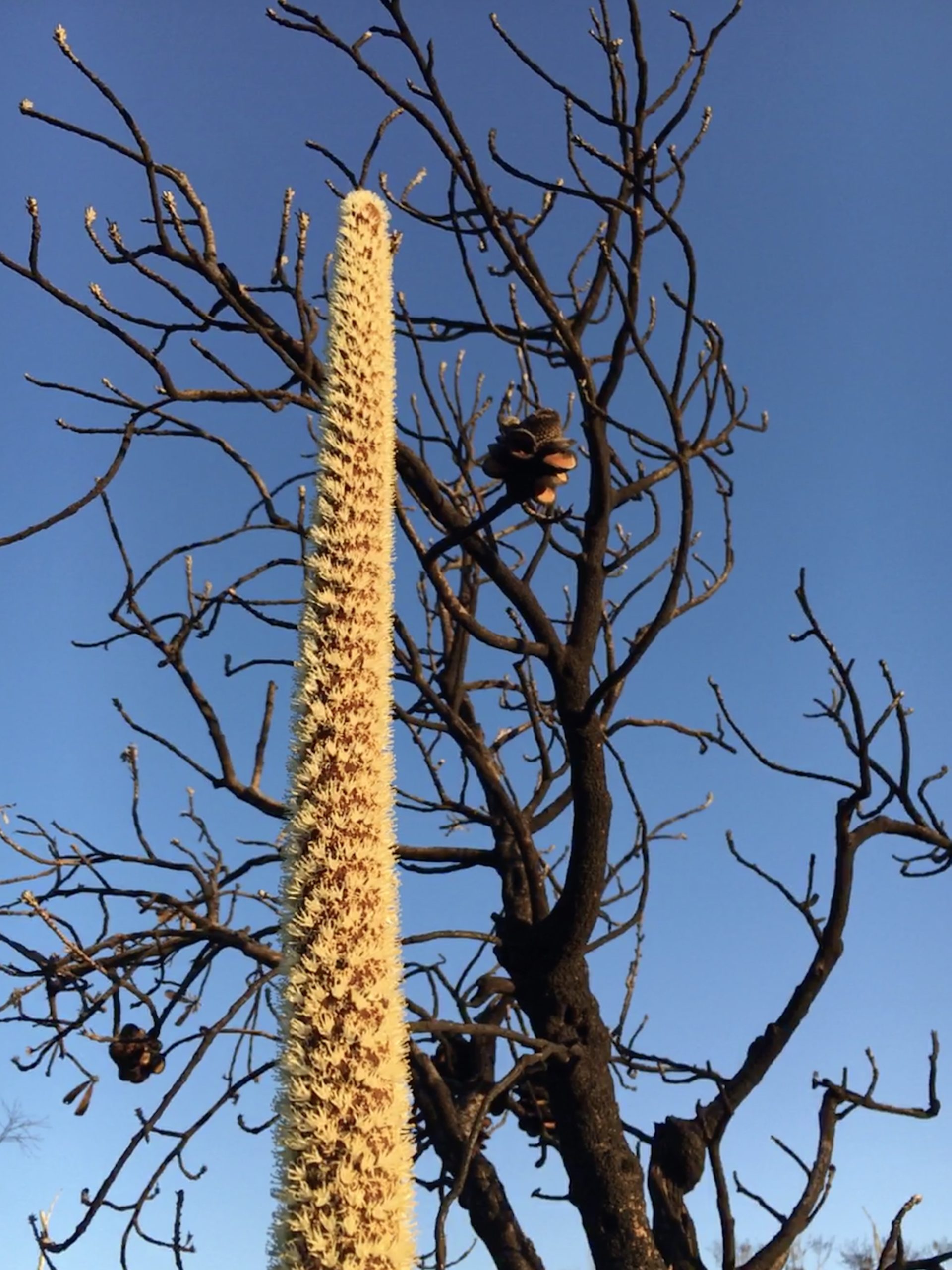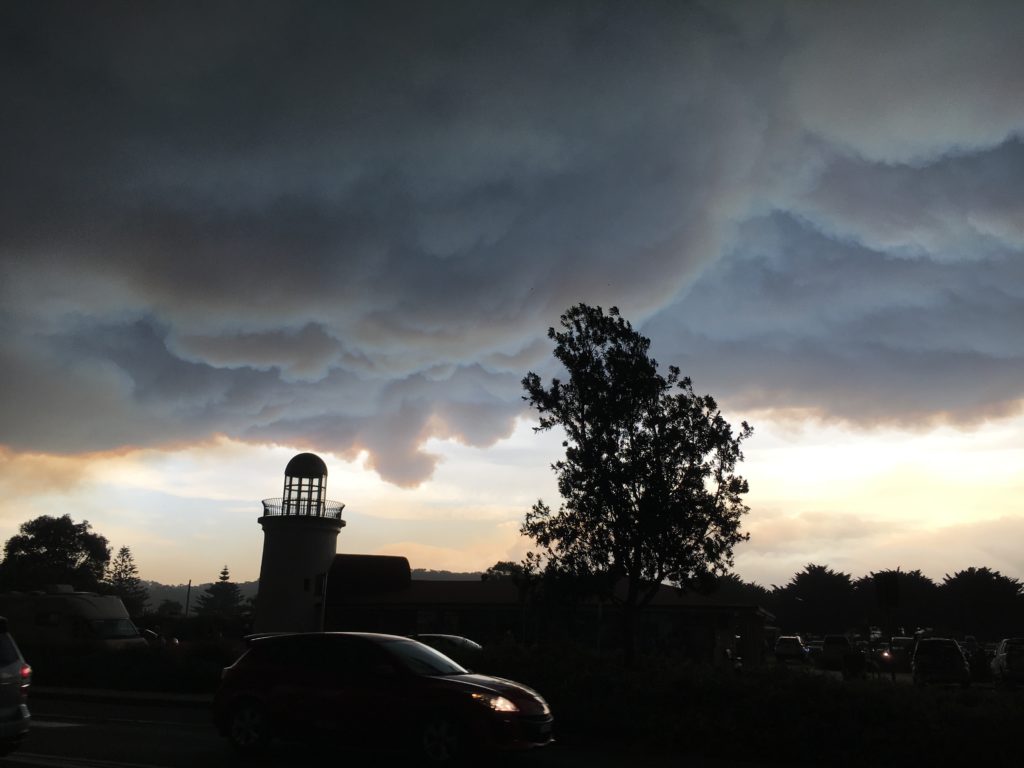It’s probably time I updated this site with the news that I am currently working with Telstra and HerdMSL on a campaign to heritage list public phones. You can read more about it here.

This work came to me because of a post I wrote in the aftermath of the 2019/2020 bushfires, when my lovely man Neill and I were caught in the conflagration on the NSW South Coast. We took refuge in Narooma, with several thousand other people.
The fire was so extensive that mobile phone towers were down across the region and nobody had any links to the outside world. After a day or so, Telstra made the payphones on the main street free, and they became gathering places as people queued to call their loved ones and organise themselves and their lives. The phone box at the Narooma mall took more than a thousand calls in the aftermath of the fires, during the process of clearing the damage and rebuilding.
Telstra made payphones public in August 2021, and while most people will tell you they never see a phone box any more, if you look, they really are there. People who don’t have access to a mobile phone, for reasons raging from physical and other impairments to poverty and domestic violence, do know where public phones are, and they use them all the time.
The idea is not to heritage list the phones themselves, but to use three public phones as examples of the role this technology plays in our lives. One is the ‘Disaster Responder’ (Narooma), the ‘Remote Connector’ is the phone in the tiny Aboriginal community of Doomadgee in Queensland, and the ‘Social Lifeline’ is a phone in West Brunswick that has made more calls to Lifeline than any other phone.
I did a lot of media back in April and the reaction was warm and enthusiastic. Lachlan Abbott kicked things off with a story in Nine newspapers The Age and Sydney Morning Herald that featured the phone in West Brunswick and the connection with Lifeline. That was picked up by news.com.au. I also did a couple of interviews for the ABC, resulting in this article about Narooma.
I was also on Channel Seven, and even got on TikTok! @australiancommunitymedia
And now the work begins to draft the listing. This is going to be an interesting project, as it will be an exploration of the cultural and social history of something we often think of as banal, but which has played a huge role in the lives of all of us. It’s not about the objects themselves, but their functions, so will take some careful thought. I’ve already made one useful connection, to a payphone fan who has a passionate interest in design, and I’ll promote their work here when it’s ready. So, off to work!





